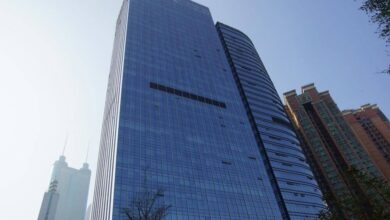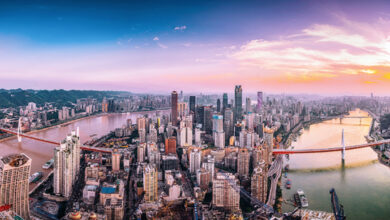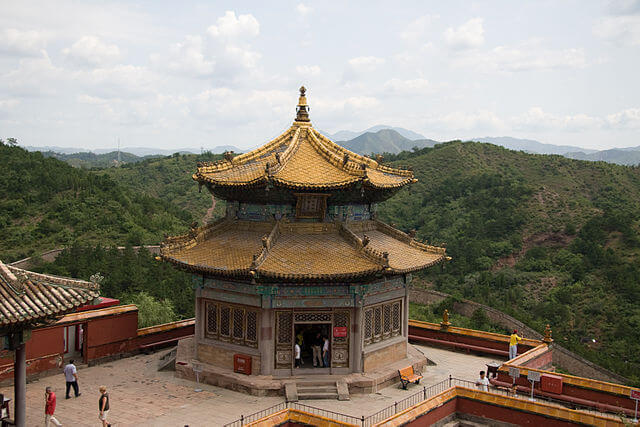
Tourism in the People’s Republic of China is a vast and diverse country. Due to its size, it is impossible to see it all in one trip. Although there are wonderful tourist areas throughout the country.
Northern China is where you’ll find the capital city of Beijing, and it’s also the region known as the cradle of Chinese civilization. Many of China’s emperors were born in the north, and the region is packed with historic architectural sites. From the Terracotta Warriors of Xi’an to the Great Wall of China, here are some of the best destinations to see while you’re in northern China (Part 1) and the best tourist destinations in eastern China (Part 2).
Top 10 Tourist Destinations in Northern China
10. Hohhot
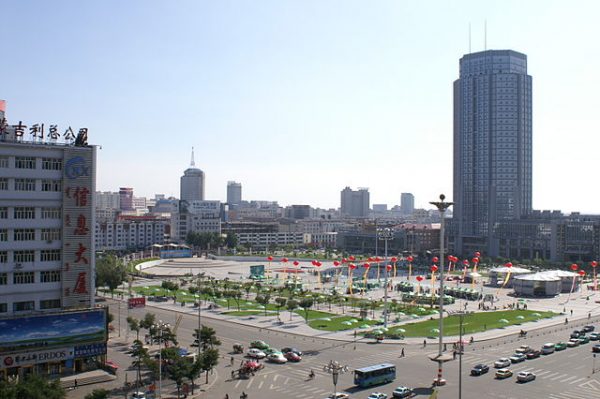
In the region of China known as Inner Mongolia, Hohhot stands as the capital. Although many people think of Mongolia as vast and empty, Hohhot is actually a major city. The thriving destination is a gateway to other Mongolian activities, but it has plenty to offer in its own right. The Inner Mongolia Museum is a great place to start and a great place to explore the local history and culture. Many of the beautiful religious structures still stand, including the 17th-century Great Mosque and the Temple of Five Pagodas, which houses over 1,500 carved Buddha statues.
9. Pingyao
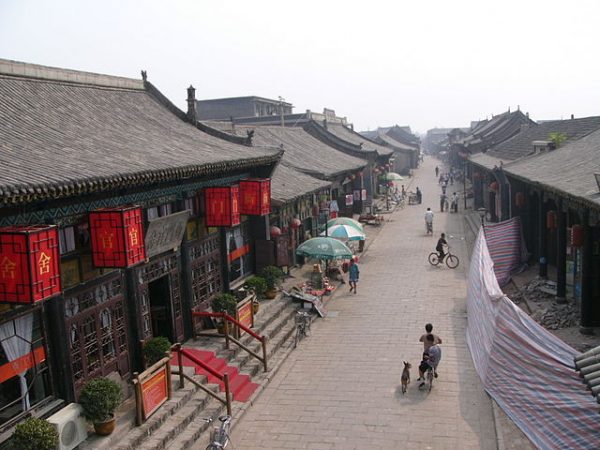
For a Chinese destination that will make you feel like you’ve stepped back in time, head to Pingyao. The city of Pingyao is small but entirely walled, and many of the structures date back to the Qing and Ming dynasties. Few vehicles are allowed within the city walls, and the best way to get around is to walk the cobblestone streets. Be sure to check out the city walls as well as the North and South Gates, which serve as the main entrances to the city. Shop for souvenirs and snacks along the main thoroughfare of Ming-Qing Street.
8. Mount Tai
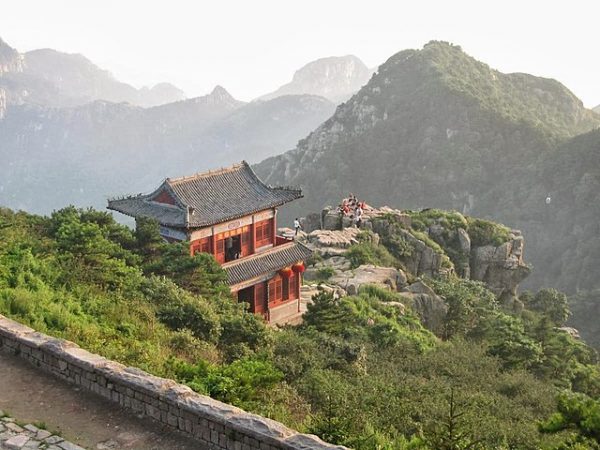
China has no shortage of mountains, but there are five that are collectively known as the sacred Daoist peaks. One of these peaks is Mount Tai, also known as Mount Taishan.
References to Mount Tai date back more than 4,000 years, and many emperors have honored heaven by worshipping at the mountain. If you fancy hiking, there are several trails leading up to Mount Tai that you can explore on foot, including a 6,000-step Eastern Trail. Along the way, you’ll see villages, vendors, and plenty of Chinese hikers. If the four-hour hike up doesn’t appeal to you, stay at the base of Mount Tai and check out the Taoist temple.
7. Hanging Monastery
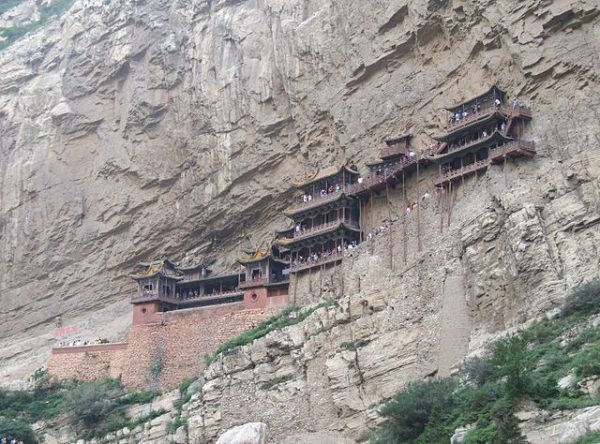
The Hanging Monastery, also known as Xuankong Temple or the Hanging Temple, is an ancient temple built directly into a cliff. Located in Datong, Shanxi Province, the monastery is over 1,500 years old. Visually, it is stunning, but it is also significant because the temple honors three different religions at once: Buddhism, Confucianism, and Taoism. A variety of passageways connect the 40 rooms of The Hanging Monastery, and visitors can actually enter the monastery and look down from the cliff face of the temple itself.
6. Harbin
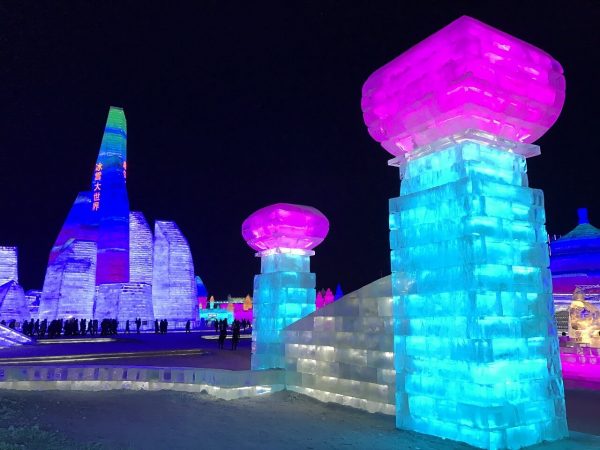
Northeast China is where you’ll find Harbin, the capital of Heilongjiang Province. Harbin is famous for hosting an ice festival every winter, but it’s worth a visit at any time of year. Harbin is heavily influenced by neighboring Russia, and you should check out the Russian buildings in the Old Quarter, many of which were built in the 19th century. Another popular tourist attraction in the area is the Siberian Tiger Preserve. If you’re visiting between December and February, look out for ice festival events such as ice sculpting competitions.
5. Chengde
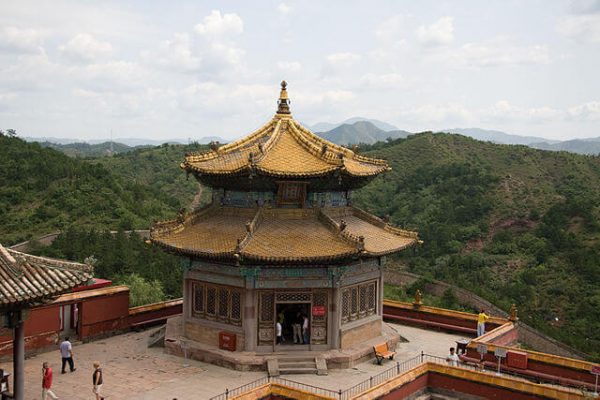
Located on the banks of the Wulie River, Chengde is a hillside resort where many of the early Qing Dynasty emperors used to live in the summer months. Their palace, Bishu Shanzhuang, or Summer Heat Escape Palace, is now the destination’s most popular tourist attraction. Surrounded by temples, the Summer Palace now houses a fascinating museum. In the warmer months, you can experience the Summer Palace as it was intended by wandering the garden paths and taking in the views. Don’t miss the Puning Temple, which houses the tallest wooden Buddhist statue in the world.
4. Yungang Grottoes
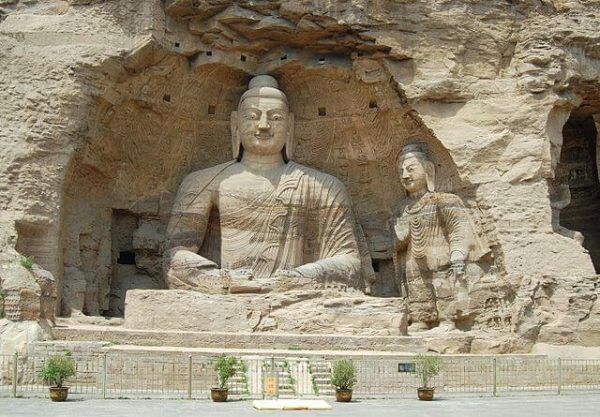
A few miles outside the city of Datong, you’ll find the Yungang Grottoes.
The Yungang Grottoes are an ancient landmark where more than 15,000 Buddhist statues were carved directly from the mountain. The 252 caves were carved in the 5th and 6th centuries. You can enter and exit large caves and small spaces, admiring the exquisite artwork along the way. Some of the statues depict a seated Buddha just an inch or two tall, while the tower is more than 15 meters (50 feet) high.
3. Xi’an
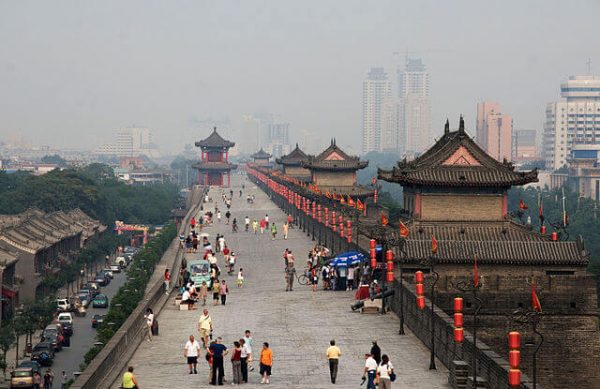
Xi’an is the oldest city in China, and was once the nation’s ancient capital. Formerly known as Chang’an, Xi’an is now best known as the home of the famous Terracotta Warriors, guardians of the tomb of China’s first emperor. You’ll want to head a few miles outside the city to see the Terracotta Warriors and Horses, where you’ll be treated to over 2,000 terracotta soldiers, as well as 100 chariots and over 30,000 weapons. While the warriors are the main attraction in Xi’an, you won’t want to miss another opportunity: the City Wall. Xi’an’s City Wall is the largest in the world, and you can rent a bike and cycle across the top of the massive structure.
2. Mutianyu
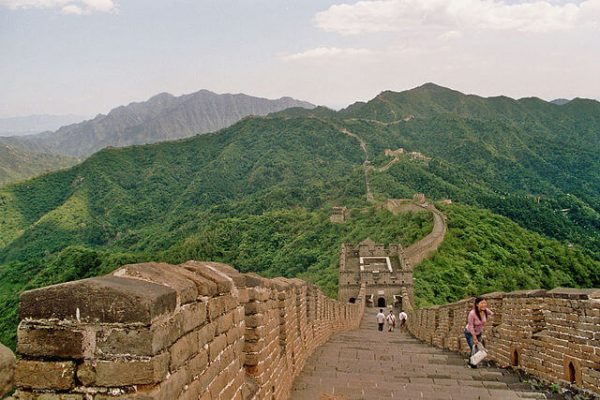
The Great Wall of China stretches for thousands of miles, but one of the best places to experience the structure is at Mutianyu. Less than 90 minutes from Beijing, this is a popular day trip to the wall. You can hike up to the wall at Mutianyu, but there are also cable cars to take you. Heading down, you can even take a sleigh ride for an unexpected and unforgettable experience. Parts of the Great Wall at Mutianyu are well preserved and suitable for anyone. However, the further you hike, the closer you get to the wilder sections that are not as well maintained.
1. Beijing

No trip to northern China would be complete without a visit to Beijing. The city is more than just China’s political capital: it’s also the country’s cultural heart. There’s plenty to see in Beijing, but a good place to start is the Forbidden City. The Forbidden City was China’s imperial palace and the heart of government for over 500 years, and it’s remarkably well preserved. Another must-see in Beijing is Tiananmen Square, the world’s largest public square and the site of the student protests and massacre of 1989.
Finally, Beijing is home to countless museums, not to mention parts of the medieval city walls.

